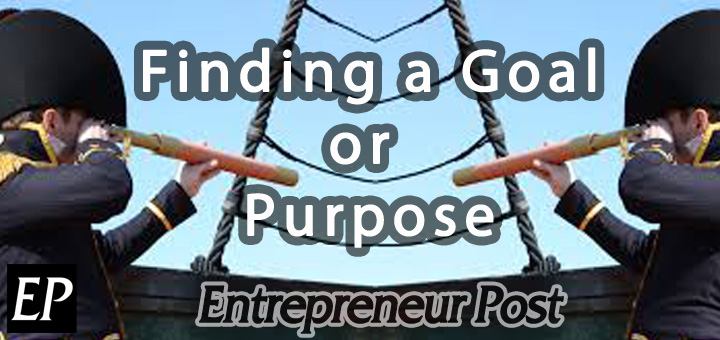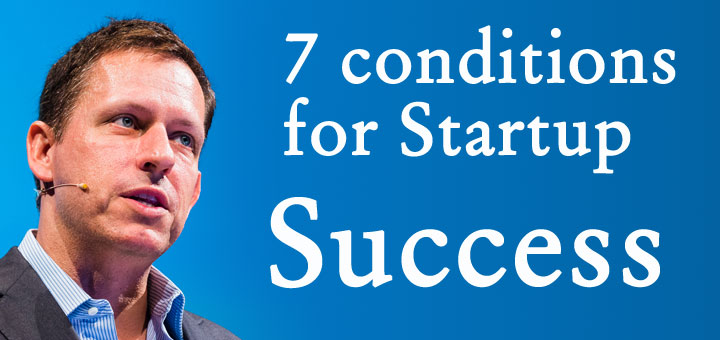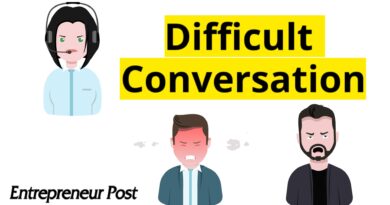How to Find a Goal or Purpose
This article is based on what i read listened to (audiobook) in self discipline the neuroscience by Ray Clear*. I have tested the technique, and researched a bit before rewriting it with some very minor modifications. Thus all the credit goes to Ray Clear’s book.
While researching i came across some articles by different writers and gurus including the famous Tony Robins. Quite honestly, those articles are a bit self serving (linking to various offers) or entirely made up based on individual experience, or a mixture of all.
Having a goal, is different than having a purpose.
A purpose in life, is to find the very reason for existing, or a role where you can be of use to the community, ideally something you like.
A goal, is an objective that you want to reach, and that would make you happy.
In the book they failed to really consider this, that is why for the rest of the article, we will consider the term purpose simply as a synonym to goal.
A lifelong goal will be known as macro-purpose. A goal can be usually split into smaller mini-goals or micro-purposes.
If we Split a goal into micro-purposes, it makes it clear, more rational and easier to achieve.
Finding a Purpose or Goal
This 4 steps technique can be applied to help you pinpoint what you would want most of life. It allows to find any macro or micro purpose. It will require some soul searching and creative thinking. But will narrow down your options, to help focus your talent energy and intelligence.
Now, if you have no goal or purpose in life, why wouldn’t you find one that satisfy your needs and makes you happy?
I would recommend first checking the Maslow’s Hierarchy of Needs that you can find a simplification in the below pyramid.
A goal in my opinion should help you fulfill the most of these needs. most important of which are the physiological and safety needs.
Here’s the 4 steps for finding your purpose or goal:
Step 1- Limitless Wishing:
Close your eye and relax, imagine you are on a beach, and you find a genie that gives you 10 wishes. You can ask for anything, as long as they are specific and humanly possible to achieve (can be achieved by a human in a life time – not through magic). Think long and hard, what would turn your life around and make you truly happy? What is it you secretly wish for ? Take your time to chose, this is too important to rush. Write down these 10 wishes, in the present tense and be specific. For example: I want a red ferrari car.
Step 2- Wishful Imagining:
In this step you will imagine fulfilling these 5 wishes one by one. To do that, close your eyes, and imagine your wishes fulfilled and the effect of these wishes. For example: If you wished to become rich, imagine the house you live in, the cars you drive, clothes, private jet, career, new friends…
Imagine you are having a dinner with a good friend, and you try to explain to him how life feels thanks to fulfilling this specific wish. Picture every single detail.
Pay attention to your emotional response, are some wishes easier to imagine than others? Does any wish makes your pulse quicken with excitement? Do any of these wishes feel comfortable as if you can walk in this scenario and feel at home? Which one seems to draw you in like a magnet ?
One of these wishes will evoke the greatest emotional response from you, that wish will be your final choice.
Step 3- Creative Biography:
What would you want to be remembered for ? Relax, and close your eyes, Imagine you have an encyclopedia from the future, and found the entry about you, stating your achievements and contributions to society, purpose in life. What would you like to be in it. Write down your autobiography as you wish it to be. Don’t leave a single detail.
After finishing the first 3 steps, a clear pattern should be emerging, and you should be able to answer:
What would i, deep in my heart, wish to do, what is my purpose in life?
Step 4- Statement of Purpose:
Compose a personal statement of purpose. But before writing yours, write one for a famous person.
This will be used as a focusing tool.
Writing a statement of purpose is very important in anchoring your goals, that’s why most universities give it a lot of importance. Some universities even offer a guide on how to write one, examples : 1,2,3,4,5,6,7,8,9.
I think instead of relying exclusively on emotion like the strategy suggests, you can amend to it some logical reasoning. For example take in consideration the hierarchy of needs to cover your needs while fulfilling your purpose.
To give you an idea, for example. If you figure out that your life purpose is helping homeless kittens. A logical addition would be to create a system that provide you a way to cover expenses and your needs. This would be possible if you merge the purpose with a project that would help you with your needs, for example a cat shelter, a cat coffee.
*(Not actual neuroscience)
Discussion about this subject, on the forum:
https://www.entrepreneurpost.com/forum/index.php?topic=24








